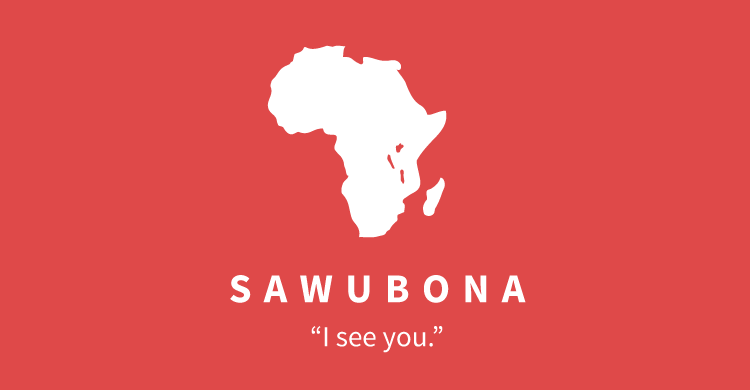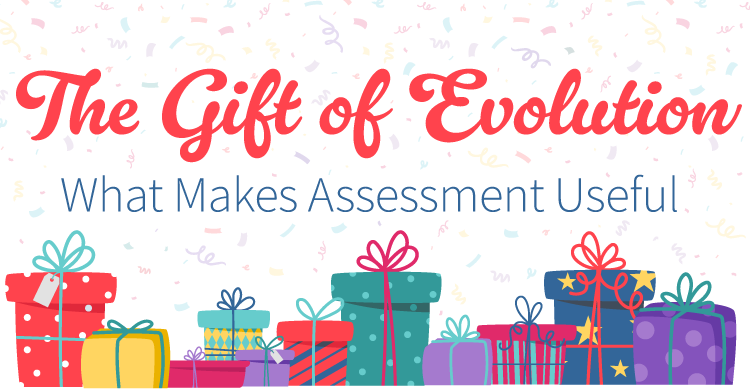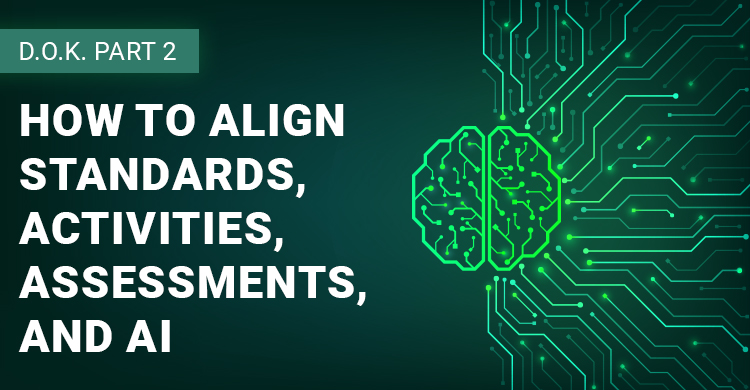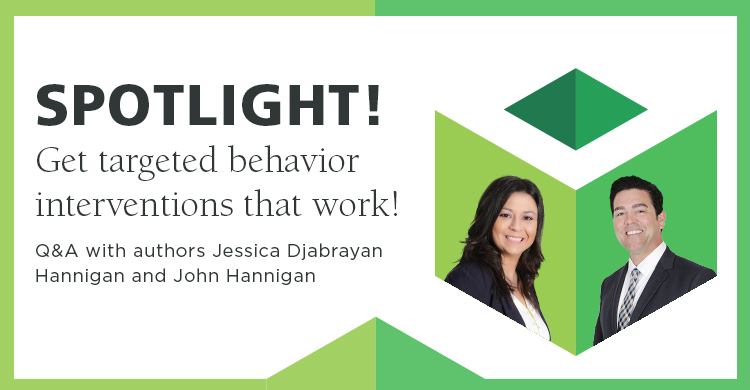There is a South African Zulu tribe custom of greeting those you encounter with the word sawubona, which literally translates to “I see you.” The tribe’s custom underpins their belief that they must acknowledge each other’s existence in order to exist. Without sawubona, individuals do not have meaning or purpose.
Assessment is sawubona for teachers and their learners. It is only through the assessment process that teachers can acknowledge and honor the existence of each of their learners on the learning journey. With assessment results, a teacher can say “I see you there, struggling to keep up” or “I see you excelling in all that you try and awaiting more challenges,” and so on.
The sawubona of the assessment process requires teachers to discover and diagnose the needs of each learner. The ability to do so is critical to a teacher’s ability to be instructionally agile. When teachers respond to the individual needs of their learners, they move from covering content to teaching for learning. Teaching only happens when learning results.
But such work is hard to do, especially when there are many different learners with different needs in each classroom. And, many teachers were not provided with the necessary knowledge and skills to engage in diagnostic assessment practices when preparing to become teachers. Telling students how many they got correct or giving them stickers, letter grades, points, or simply marking something down as “complete” does not provide the sawubona that students and teachers require of the assessment process.
When teachers diagnose learning using the assessment process, they identify the types of errors that were made with each specific learning target. Consider, for example, the following learning target, types of most frequent errors, and the instructional fixes for those errors:
| Learning Target: I can cite text evidence. This means I can find the best examples or information in a passage or passages that I am reading and then incorporate that exact information into my own comments as I answer questions, ask questions, respond to ideas, state my opinions, or frame an argument. | |
| Most Common Types of Errors | Instructional Fixes |
| No supporting text evidence | Identify main idea, supporting details within/across texts. |
| Inaccurate supporting text evidence | Compare personal thesis with supporting text, then identify and prioritize all relevant text evidence that match the personal thesis. |
| Accurate, but insufficient text evidence | Create a “T” chart with personal ideas on one side and more than one supporting detail from the text for each personal idea. |
| Accurate, sufficient text evidence, but jerky, unsmooth integration with personal ideas, comments, and questions | Practice transitions, paraphrasing, and quoting in written and then spoken form. |
| Only text evidence, no individual comments/contributions to the ideas | Develop a personal thesis/message; frame questions and answers stems regarding personal thesis; and prepare counterarguments for potential disagreements. |
A teacher can never see a student’s needs when the results are hiding in a blanket score; neither can the learners, so it is never enough to provide learners with assessment results by cumulative numbers (for example, 5 wrong, 86%, or a 2 on the rubric). To do so would be like passing each other in the hallway and saying “How are you today?” without stopping to hear the answer. Teachers and learners cannot possibly engage in the learning process or see the learning needs in such a manner. Clearly, each common error in the previous example requires a very different response on behalf of both the teacher and the learner. When assessment gives teachers and learners the right data (common types of error by target), they can better see the learning needs and possible instructional options to address those needs. Teachers can better honor the person behind the scores.
Though it is seldom considered as such, assessment is also the medium through which students see their teachers. With the assessment processes that are employed by a teacher, a student can say, “I see you there, trying to trick me or punish me” or “I see you working so hard to nurture but challenge me, to help me be successful,” and so on. The juncture of assessment is like a meeting on a pathway and each sees the other through the lens that is offered.
In a healthy assessment system, that lens is one of honor and respect. Assessment must be something that is done with and for learners, not to learners. Assessment must build hope and efficacy for student and teacher alike. It must serve as the sawubona that we offer each other, acknowledging our existence—our very essence of self—on this critical learning journey.
[author_bio id=”68″]






